PPT-Python: File Management
Author : inventco | Published Date : 2020-06-15
Damian Gordon File Management Weve seen a range of variable types Integer Variables Real Variables Character Variables String Variables Arrays Linked Lists X 5
Presentation Embed Code
Download Presentation
Download Presentation The PPT/PDF document "Python: File Management" is the property of its rightful owner. Permission is granted to download and print the materials on this website for personal, non-commercial use only, and to display it on your personal computer provided you do not modify the materials and that you retain all copyright notices contained in the materials. By downloading content from our website, you accept the terms of this agreement.
Python: File Management: Transcript
Download Rules Of Document
"Python: File Management"The content belongs to its owner. You may download and print it for personal use, without modification, and keep all copyright notices. By downloading, you agree to these terms.
Related Documents

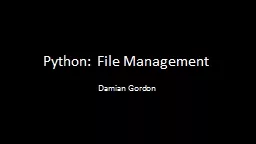
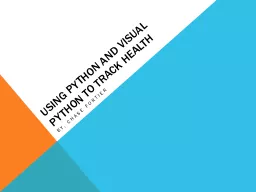
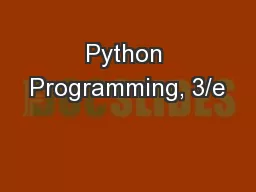
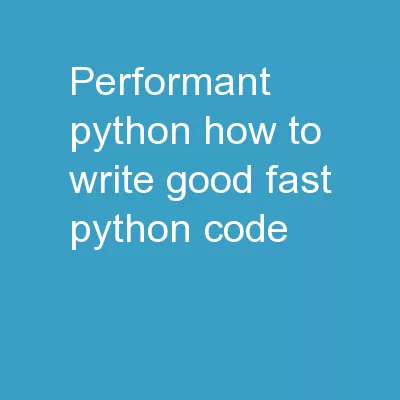
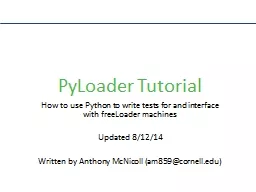
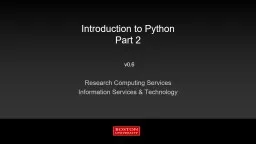
![[READING BOOK]-Illustrated Guide to Python 3 A Complete Walkthrough of Beginning Python](https://thumbs.docslides.com/970240/reading-book-illustrated-guide-to-python-3-a-complete-walkthrough-of-beginning-python-with-unique-illustrations-showing-how-python-really-works-now-covering-python-3-6-treading-on-python.jpg)
![[eBOOK]-Python for Beginners A Smarter Way to Learn Python in 5 Days and Remember it Longer.](https://thumbs.docslides.com/970625/ebook-python-for-beginners-a-smarter-way-to-learn-python-in-5-days-and-remember-it-longer-with-easy-step-by-step-guidance-and-hands-on-examples-python-crash-for-beginners-easy-python-book-1.jpg)
![[DOWLOAD]-Python Programming for Beginners An Introduction to the Python Computer Language](https://thumbs.docslides.com/970637/dowload-python-programming-for-beginners-an-introduction-to-the-python-computer-language-and-computer-programming-python-python-3-python-tutorial.jpg)
![[BEST]-Python: 3 Books in 1: Python Basics for Beginners + Python Automation Techniques](https://thumbs.docslides.com/974940/best-python-3-books-in-1-python-basics-for-beginners-python-automation-techniques-and-web-scraping-python-for-data-science-and-machine-learning.jpg)
![[DOWLOAD]-Python Programming for Beginners: An Introduction to the Python Computer Language](https://thumbs.docslides.com/975251/dowload-python-programming-for-beginners-an-introduction-to-the-python-computer-language-and-computer-programming-python-python-3-python-tutorial-640937bd864aa.jpg)
![[PDF]-Programming 31: Python Programming In A Day & Excel Shortcuts (Python Programming,](https://thumbs.docslides.com/979804/pdf-programming-31-python-programming-in-a-day-excel-shortcuts-python-programming-python-language-python-for-beginners-excel-programming-languages-excel-programming.jpg)

